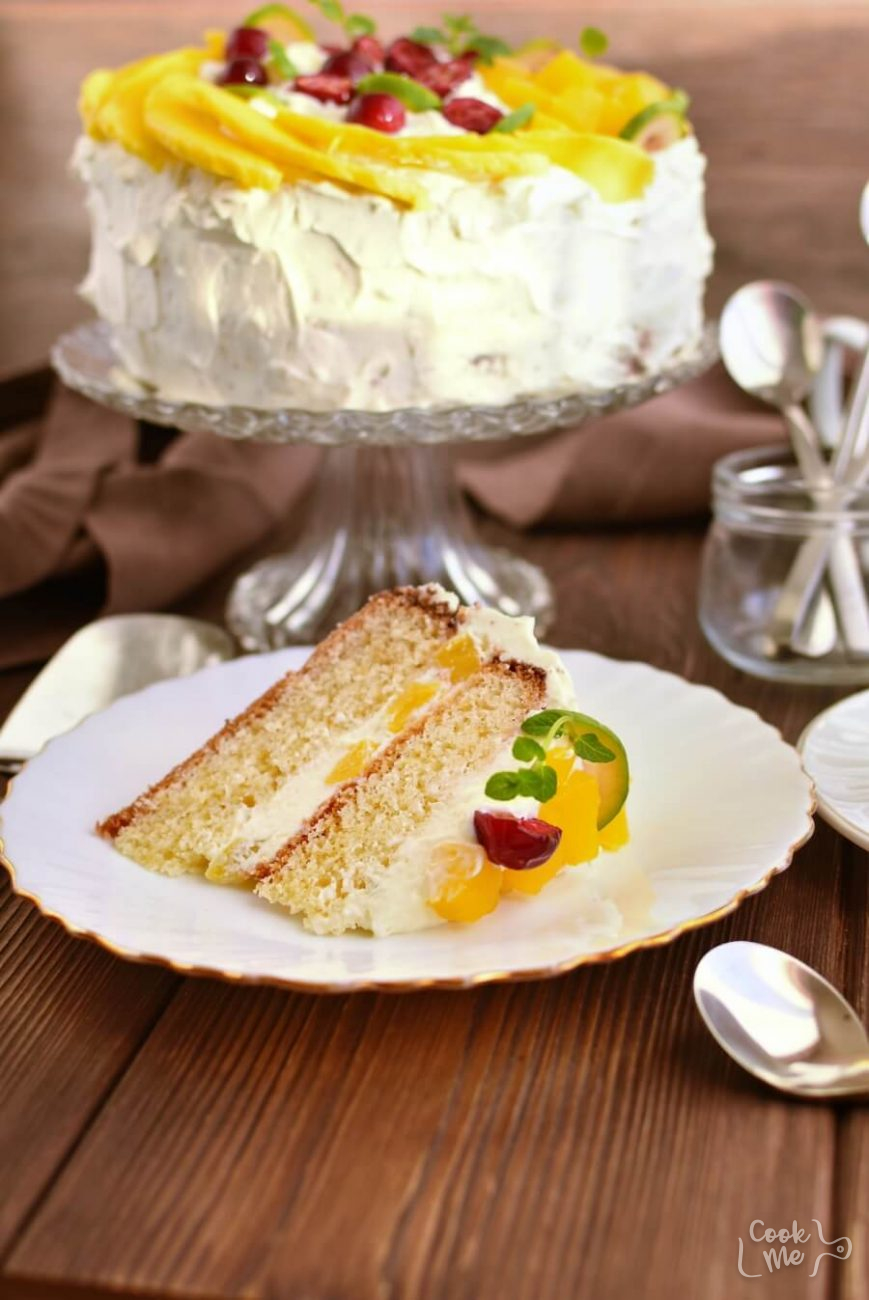

You could even add some crushed saffron or nutmeg (even though I don’t use it) to this. 🙂 The version I am sharing with you is spiked up with cardamom and rosewater, two of my favorite flavors.

So in case you end up adding a wee bit of liquid, would not really matter as the semolina would drink it up and balance out the thickness of the batter. The process of keeping the batter for sometime till it thickens is what gives the texture to the cake. Another good thing about the cake is the semolina itself. Actual mango pulp would not give this color to the cake. Like mentioned, I have used tinned mango pulp. All cakes that followed after this were twisted and tweaked to variations. A little bit of Googling and I found that this is the first post that appeared for this cake. My mind went loitering at all options like ice cream and pudding but then I remembered the semolina mango cake recipe I had saved up very long ago. I made this cake to finish off a can of mango pulp that I had got at a deal. There is so much that I am cooking and trying so some things do go off to the end of the list. Even though I have bookmarked several recipes that use up semolina, I have still kept it pending. My first attempt at making the basbousa, which is an Arab style semolina cake soaked in sugar syrup, was a dud, and I never got to making it again. I have been wanting to bake with semolina since long but never got around it.

Make sure to do this while the cake is warm otherwise the caramel will harden and the cake will be more difficult to remove.I hope you enjoyed the Mango Custard Verrines and Aamras posts in this month’s 3-back-to-back mango recipes. Place a serving plate over the cake and carefully turn over.


 0 kommentar(er)
0 kommentar(er)
